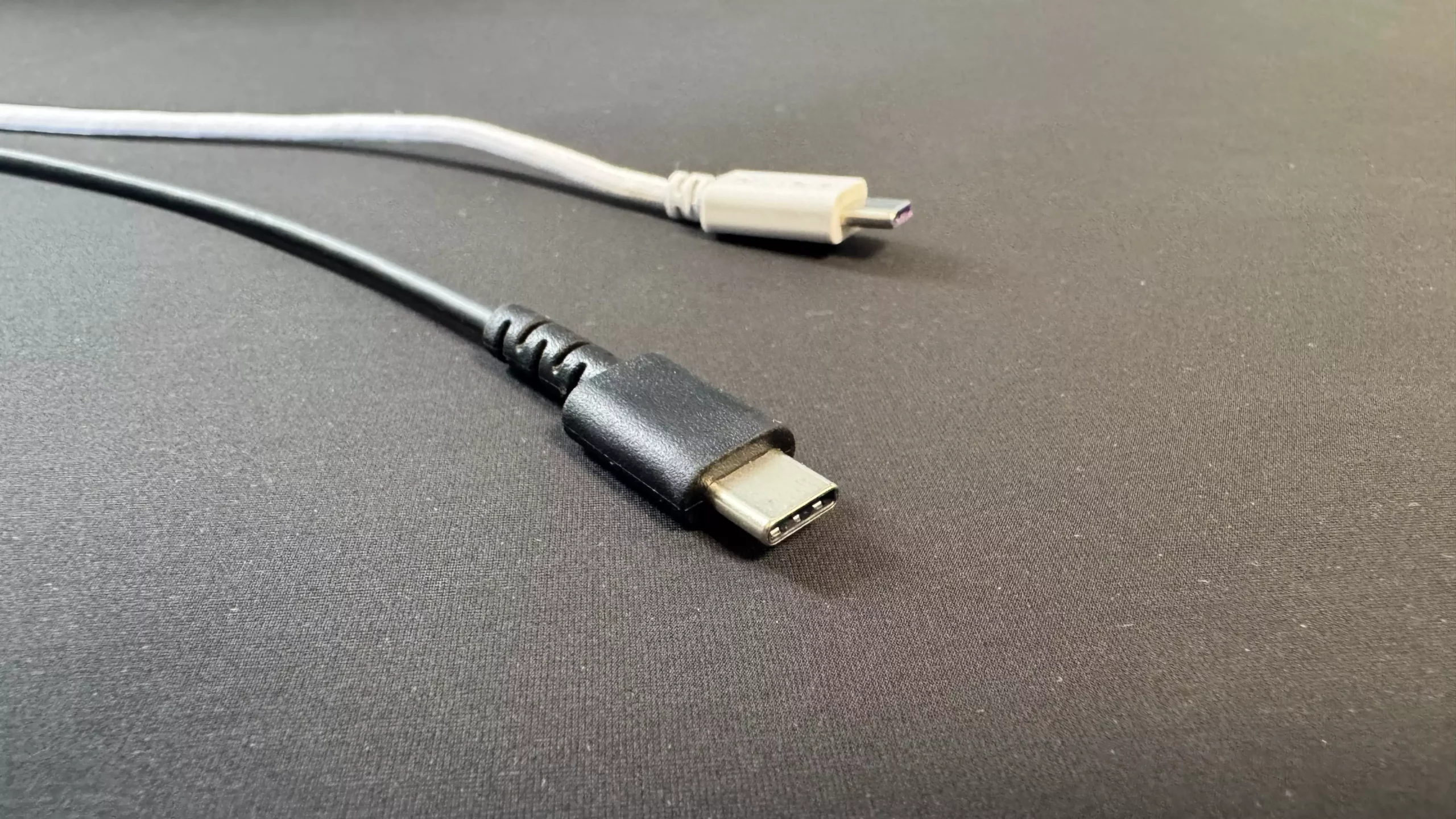Picture this: you’re in the middle of an important task, perhaps working on a presentation or watching a video, and you decide to connect a second monitor using your USB Type-C cable. Excitement fills the air, only to be replaced by frustration as nothing happens when you plug it in. This scenario is frustratingly common, primarily due to the inadequacies of USB ports that are supposed to deliver robust performance. Microsoft has recently taken a significant step to address this issue, unveiling a comprehensive plan designed to standardize USB Type-C functionality across all devices operating on Windows.
The Rationale Behind the Change
The tech giant’s initiative, as discussed in the Microsoft USB Blog by writer Ugan-Sivagnanenthirarajah, is not simply a reaction to user complaints; it marks a crucial effort to ensure that USB connectivity “just works.” The heart of this initiative is a set of goals that manufacturers must achieve to earn Microsoft’s approval for their devices. These stipulations aim to eliminate the confusion caused by various USB Type-C ports that often look identical but possess vastly different functionalities. It’s a mission that is long overdue, given the overwhelming complexity that has shrouded USB nomenclature in recent years.
Setting New Standards for Manufacturers
As part of this new directive, any hardware intending to run on the upcoming Windows 11 (version 24H2) must meet the stringent standards set forth by Microsoft’s Windows Hardware Compatibility Program (WHCP). This means that manufacturers are now required to ensure that USB ports not only support high-speed data transfer but also meet the performance benchmarks for charging and display capabilities. The pressure is on for suppliers to guarantee that a dual 4K monitor setup can be easily executed from a single Type-C port without a hitch.
To put things in perspective, for a port to secure a USB4 certification, it must offer at least 40 Gbps data speed, support USB Power Delivery charging up to 15 W (or 7.5 W for tablets), and manage the complexities associated with Thunderbolt 3 compatibility. This multifaceted approach signals a dedication to transforming USB Type-C into a reliable standard rather than a source of user frustration.
Quality Assurance: A Rigorous Process
The implementation of this new standard comes with a detailed quality assurance process. Compliance testing is executed through Microsoft’s Hardware Lab Kit (HLK), where Original Equipment Manufacturers (OEMs), silicon vendors, and accessory brands must clear various tests before their products can be certified. Any failures during this testing halt the certification process, ensuring that subpar hardware doesn’t slip through the cracks. This level of diligence is commendable and necessary, given the historical misuse and misrepresentation of USB capabilities.
A Good PR Move Amid Challenges
While this initiative is primarily tech-driven, it also coincides with Microsoft’s need to polish its image amidst challenges, including recent layoffs and public outcry pertaining to its business ties. Implementing a standardized USB Type-C protocol could serve as a positive narrative for the company, showcasing its commitment to user experience improvement. It’s a clear answer to the plethora of issues users have experienced and serves as a pivot in public relations that Microsoft desperately requires.
Navigating the Future of Connectivity
As technology continues to evolve at a rapid pace, the standardization of USB Type-C functionality emerges as crucial. Consumers deserve clarity and assurance; they should not have to navigate a labyrinth of port types to fully utilize their devices. By taking steps to make connectivity intuitive, Microsoft’s initiative isn’t just about improving hardware performance; it’s about restoring user confidence in technology.
These changes signal a shift toward a future where technology truly meets user needs. If appropriately executed, Microsoft could lead the way in ensuring that consumers worldwide enjoy a seamless and frustration-free experience with USB Type-C connectivity. The importance of clarity and functionality in modern technology cannot be overstated, and Microsoft’s commitment represents a hopeful change in the landscape of tech. The stakes are high, and the road ahead could define the future of connectivity for generations to come.

